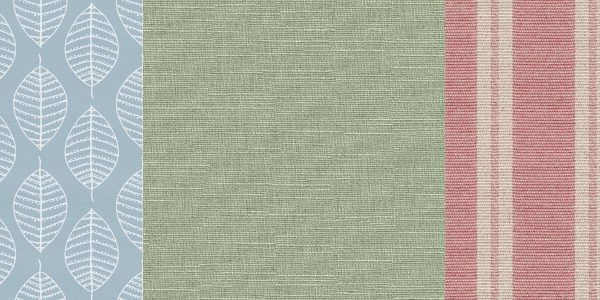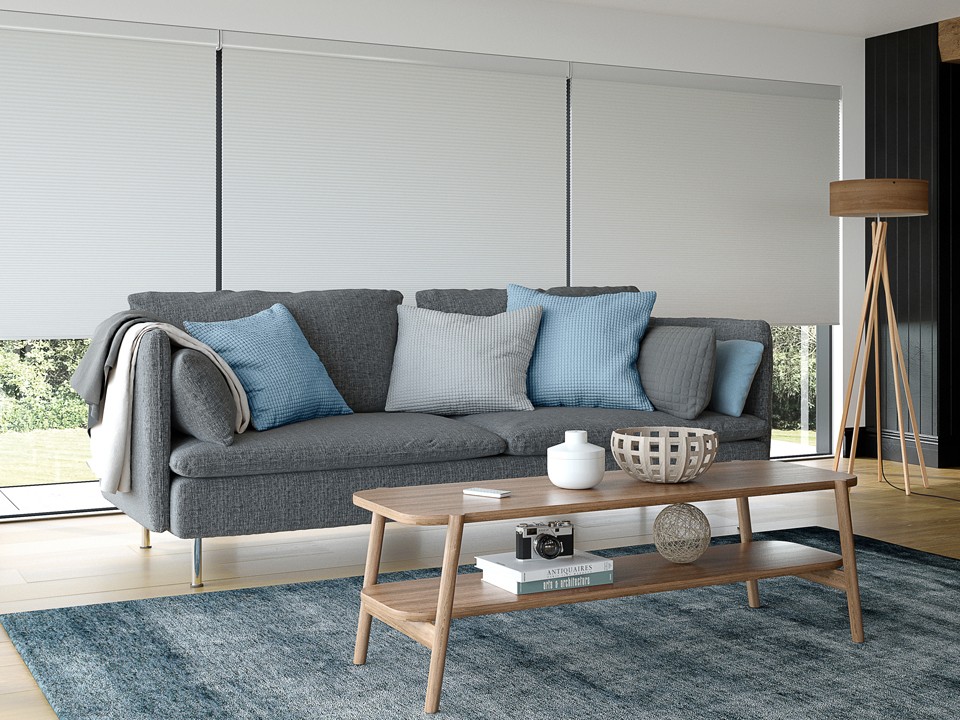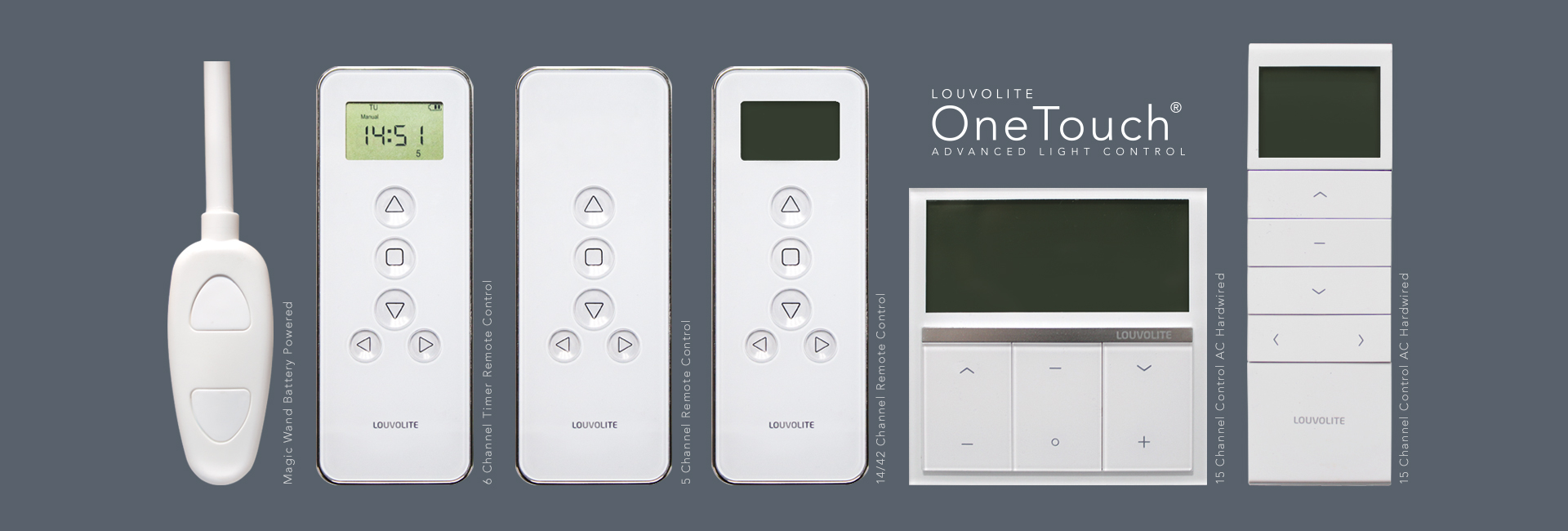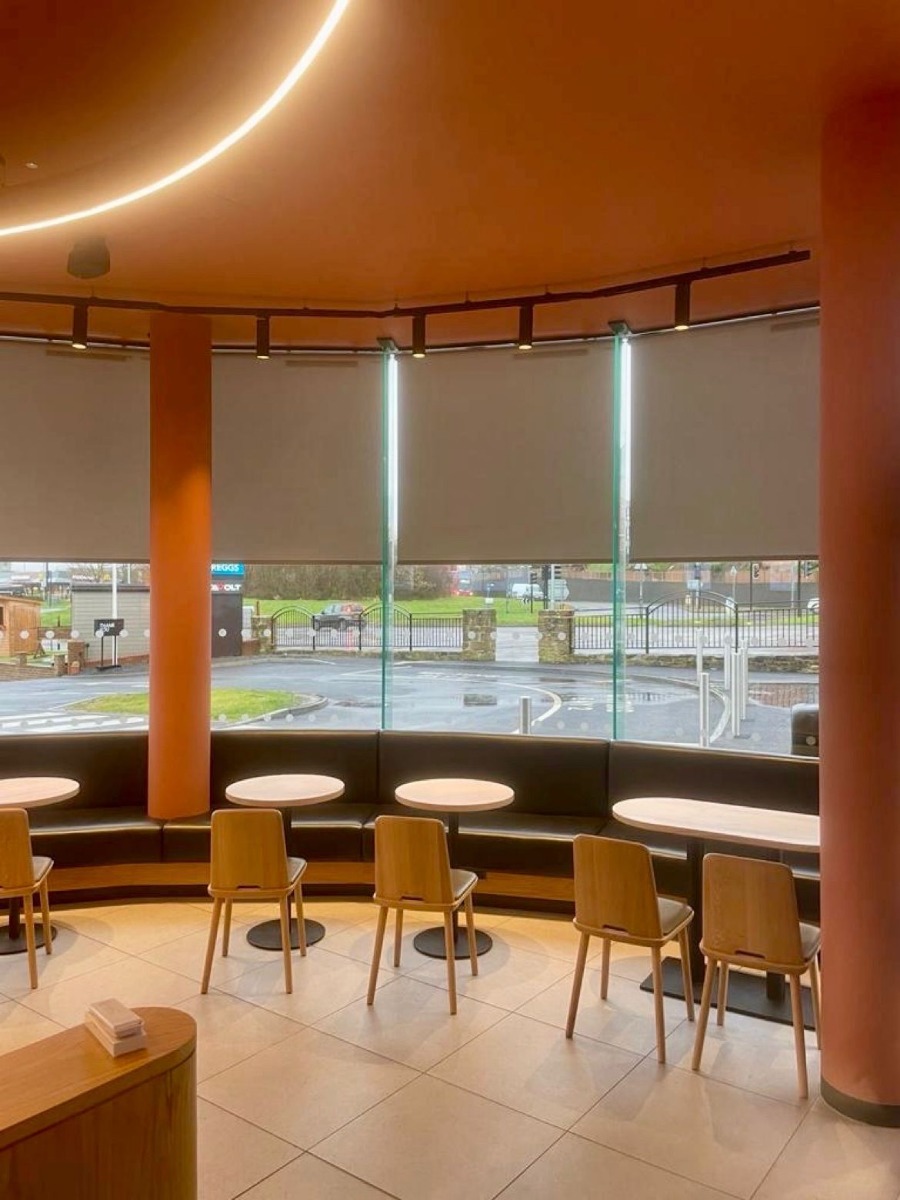Insulating your home and saving on costs
As the cost of living continues to rise, every penny saved matters. In September 2023, gas and electricity prices saw an increase of 1.7% and 6.7%, respectively, adding to the financial strain on households. Let’s explore how roller blinds can play a crucial role in keeping your home warm while potentially reducing those escalating energy bills.

Understanding the role of thermal blinds in insulation
Thermal blinds play a vital role in maintaining a comfortable indoor temperature, and grasping their significance is essential to make informed choices for your home’s energy efficiency.
Windows are well-known sources of heat loss in homes, responsible for about 30% of heat escaping during the heating season. When warmer months arrive, up to 76% of the sunlight that filters through windows can convert into unwanted heat, leading to increased cooling costs. This constant battle to regulate indoor temperatures places added strain on your heating and cooling systems year-round.
When it comes to selecting window treatments, the type you choose can significantly impact your energy bills and comfort.
Tailor-made insulation for your home
While various window coverings are available, roller blinds are a versatile option that can effectively contribute to your home’s insulation needs. These blinds offer a range of benefits, such as light control, privacy, and, importantly, thermal insulation. However, for those seeking the pinnacle of performance, consider our Perfect Fit blinds. These incredible blinds are tailor-made to each window and do not require any drilling or screwing into window frames.

Honeycomb blinds, also known as cellular blinds, feature a distinctive smart cellular pleated design. The unique cellular structure of these blinds serves as an effective insulation barrier, significantly reducing the transfer of heat in the scorching summer months and helping to preserve warmth during the cold winter season.
Maintaining your roller blinds
Proper maintenance and cleaning of your roller blinds are essential for their longevity and optimal performance. Here are effective methods to keep them in great condition.
For routine cleaning, include your roller blinds in your regular vacuuming routine. Roll them down and use the upholstery brush attachment to remove dust and dirt. For a more thorough cleaning, use a clean, damp cloth to wipe the blinds from top to bottom. Create a soapy solution with a tablespoon of soap and a litre of water. Avoid harsh chemicals to prevent discolouration. Leave the blinds down to air dry.
For mould, gently brush or spot treat with a fabric detergent. Air drying after cleaning prevents further issues. For stubborn stains, consider a fabric stain removal product, following instructions and testing a small area first.
With regular maintenance and cleaning, your roller blinds will look great and function smoothly, enhancing their longevity and efficiency.
The smart solution for energy-efficient comfort
Roller blinds offer an efficient and cost-effective solution for maintaining indoor comfort in the face of rising energy costs. These versatile window coverings help regulate temperature and light, reducing heat loss in winter and blocking out excessive sunlight in summer. Additionally, proper maintenance, including routine cleaning and care, ensures their longevity and continued performance, making roller blinds a practical choice for homeowners looking to enhance energy efficiency and save on expenses.
















